
Many patients experience excessive daytime sleepiness (EDS) despite treatment for obstructive sleep apnea (OSA) and may benefit from wake-promoting drugs.


Many patients experience excessive daytime sleepiness (EDS) despite treatment for obstructive sleep apnea (OSA) and may benefit from wake-promoting drugs.

The new report, based on more than 80,000 health records, suggests positive airflow pressure therapy can reduce a patient’s risk of infection.

Long-term use of prescription sleep medications by middle-aged women provides no benefit, a new study says.

People who suffer from shift work sleep disorder face the highest risk of a car crash, although sleep apnea and insomnia also heighten a person’s risk.

Sleep disorders were found to be associated with significantly higher rates of health care utilization and cost, accounting for $94.9 billion in costs each year in the United States.

The group-based Sleep Apnea Management clinic at Cleveland Clinic's Sleep Disorders Center increased criteria-met adherence to positive airway pressure (PAP) therapy by 20% in patients with obstructive sleep apnea (OSA).
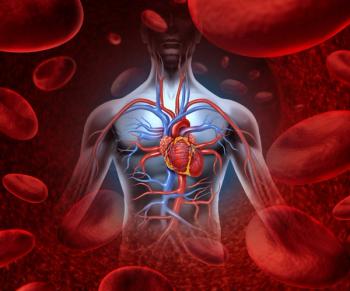
For each hour that an employee’s work schedule deviated from their natural body clock, their odds of having high cardiovascular risk increased by 31%.
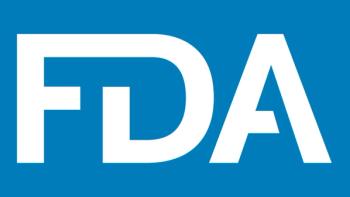
The FDA decision on Xywav in idiopathic hypersomnia is expected in the third quarter of 2021.

Use of positive airway pressure therapy for obstructive sleep apnea was associated with a lower risk of developing Alzheimer disease, dementia, and mild cognitive impairment in older adults.

Music therapy among older adults was associated with significant improvements in sleep quality, with sedative music cited as more effective than rhythm-centered music.

Unconscious wakefulness during nighttime sleep, known as cortical arousal, was significantly associated with an increased risk of cardiovascular-related death and death from any cause, with women especially at notable risk.

Over a 14-year period, active-duty US military members reported a marked 45-fold increase in rates of insomnia and 30-fold increase in rates of obstructive sleep apnea.

Students attending middle school and high school exhibited significantly improved sleep duration and daytime sleepiness with later school start times, while elementary school students were shown to be minimally affected by earlier start times.

Approximately 45% of patients with obstructive sleep apnea were shown to present with nonalcoholic fatty liver disease, with age and weight indicated as significant predictors of high fibrosis score risk.

A recently launched campaign by Jazz Pharmaceuticals and the Hypersomnia Foundation spotlights a lack of knowledge on idiopathic hypersomnia, as well as how care teams can optimally screen for symptoms and care for patients with the debilitating sleep disorder.

Researchers found a small, yet statistically significant association between sleep disruption and depressive symptoms in children and adolescents.

The number of days with sleep disturbance issues, such as difficulty falling and staying asleep, were greater in 2020 than in 2018, as was prevalence of both shorter and longer-than-recommended sleep durations during the pandemic.

Among health care workers, disrupted sleep and daily burnout were associated with a greater risk of developing COVID-19, as well as having more severe symptoms and a longer recovery period.
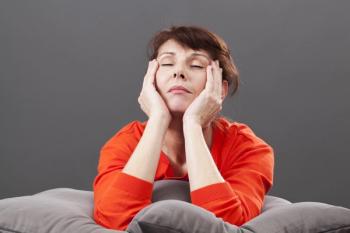
Sleep quality may be as significant as estrogen withdrawal in determining weight gain risk in women, according to a study presented virtually at the Endocrine Society’s 2021 Annual Meeting.
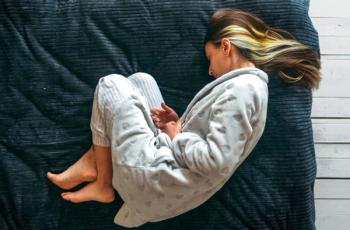
To mark World Sleep Day, a survey issued this week spotlights trends that have impacted sleep quality in the past year, including rising stress amid the COVID-19 pandemic and the prevalence of unattended snoring that may signal an underlying health condition.

Patients with obstructive sleep apnea (OSA) and history of cardiovascular disease treated with continuous positive airway pressure (CPAP) therapy were shown to report 20% higher levels of moderate physical activity compared with non-CPAP users, with these patients also more likely to exercise at levels meeting clinical recommendations.

Screen usage among adolescent girls was associated with shorter weekday sleep and time in bed, as well as higher body mass index compared with girls reporting no screen time. Nearly two-thirds of girls also reported use of more than 1 screen at a time after school, in the evenings, and on weekends.

Researchers discuss lifestyle interventions associated with improved outcomes in patients with obstructive sleep apnea, including weight management and alcohol and smoking cessation.

Patients with obstructive sleep apnea (OSA) exhibited improvements in sleepiness, depressive, and anxiety symptoms after 3 years of continuous positive airway pressure therapy (CPAP) use, although higher adherence to CPAP was linked with weight gain.
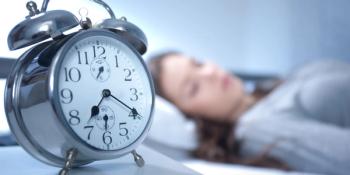
An irregular sleeping schedule is associated with a greater risk of depression in the long term, with consequences similar to results seen among persons who sleep fewer hours overall or stay up late most nights.

259 Prospect Plains Rd, Bldg H
Cranbury, NJ 08512
© 2025 MJH Life Sciences®
All rights reserved.
